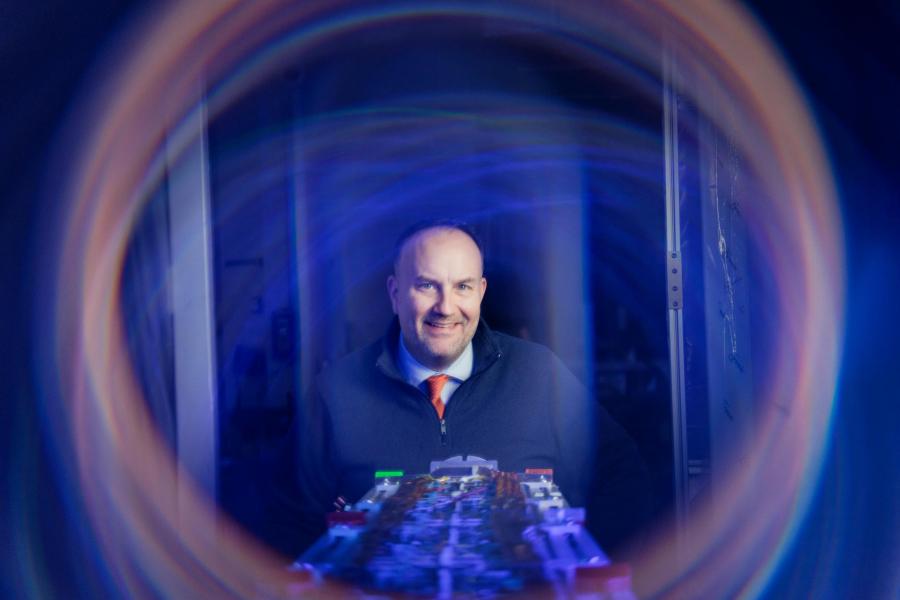A scalpel-free alternative to brain surgery has the potential to benefit people with Parkinson’s disease symptoms that are much more severe on one side of the body, new research suggests.
More testing is needed, but the approach, which uses a technology called focused ultrasound, could offer a new option for patients whose symptoms are poorly controlled by medications and those who cannot or do not wish to undergo traditional brain surgery.
“This small brain region, the subthalamic nucleus, had a very strong and potent effect on parkinsonian symptoms when we targeted it with precise, focused ultrasound energy,” said researcher Dr. Jeff Elias, a neurosurgeon at UVA Health and a pioneer in the field of focused ultrasound. “The key for the ultimate adoption of this new procedure will be further refinements of the technology to ensure reliability and safety.”
About Focused Ultrasound
Focused ultrasound offers a minimally invasive alternative to traditional surgery approaches. The technology focuses sound waves inside the body, much like a magnifying glass focuses light. This allows doctors to interrupt faulty brain circuits or destroy unwanted tissue. Magnetic-resonance imaging allows doctors to monitor the procedure in real time – and to make adjustments as needed to obtain the best patient outcomes.
To determine if the technology could benefit patients with “asymmetrical” Parkinson’s symptoms, Elias and Dr. Binit Shah, from the University of Virginia’s Department of Neurology, collaborated with Spain’s Centro Intregral de Neurociencias to evaluate the approach in 40 volunteers in a randomized, double-blinded study. Twenty-seven study participants received treatment with focused ultrasound, while 13 others received a simulated treatment, so that the researchers could compare the results between the real procedure and the placebo. The average age of study participants was 57.
The volunteers’ symptoms before and after the procedure were assessed on a scale of 1-44. Those who received the focused ultrasound procedure saw an improvement of 10 points, while those who received the sham treatment saw a difference of fewer than two points.
The study also looked at the safety of the procedure. Side effects included unwanted movements, muscle weakness, speech disturbances and difficulty walking. In most cases, these were temporary, but some effects persisted in six patients a year later.










